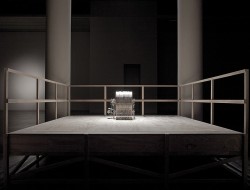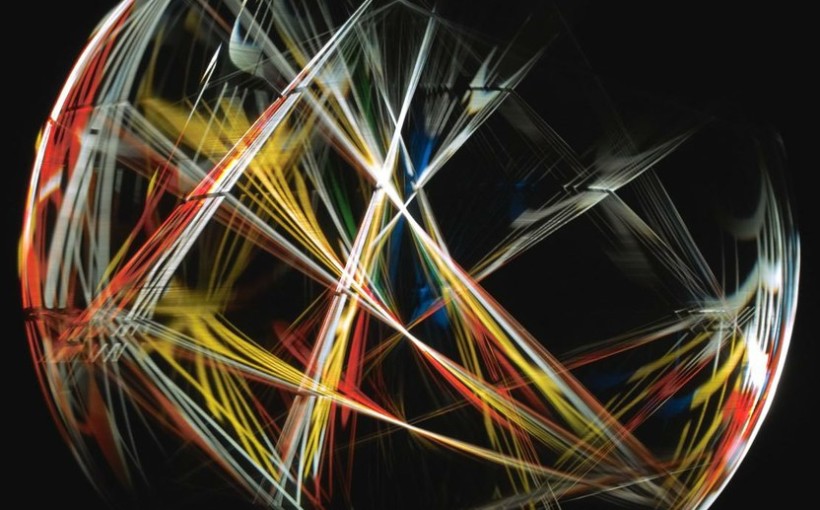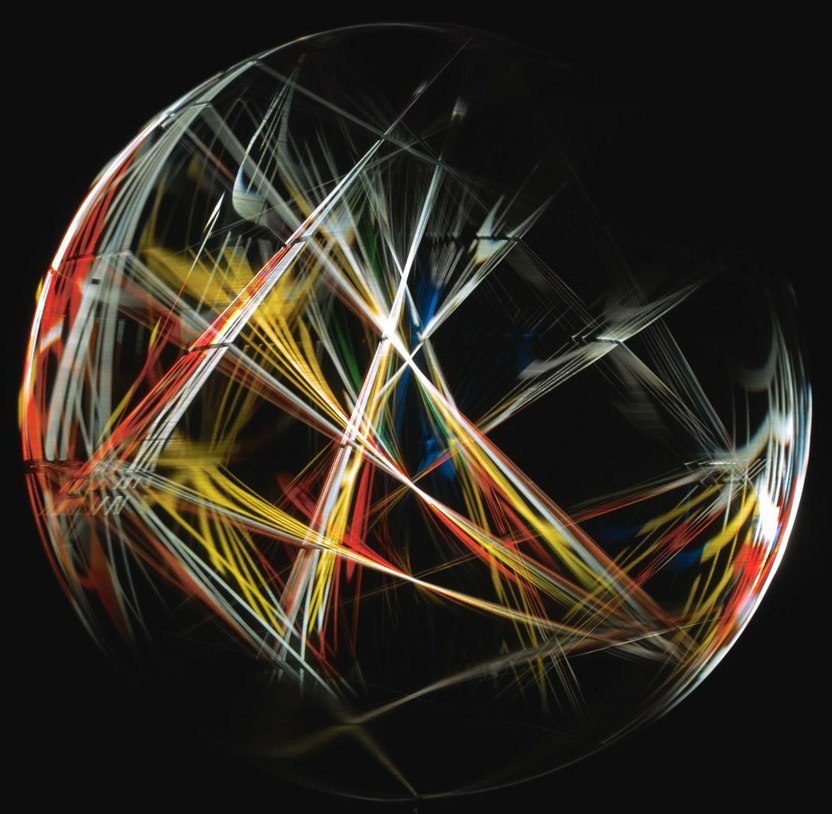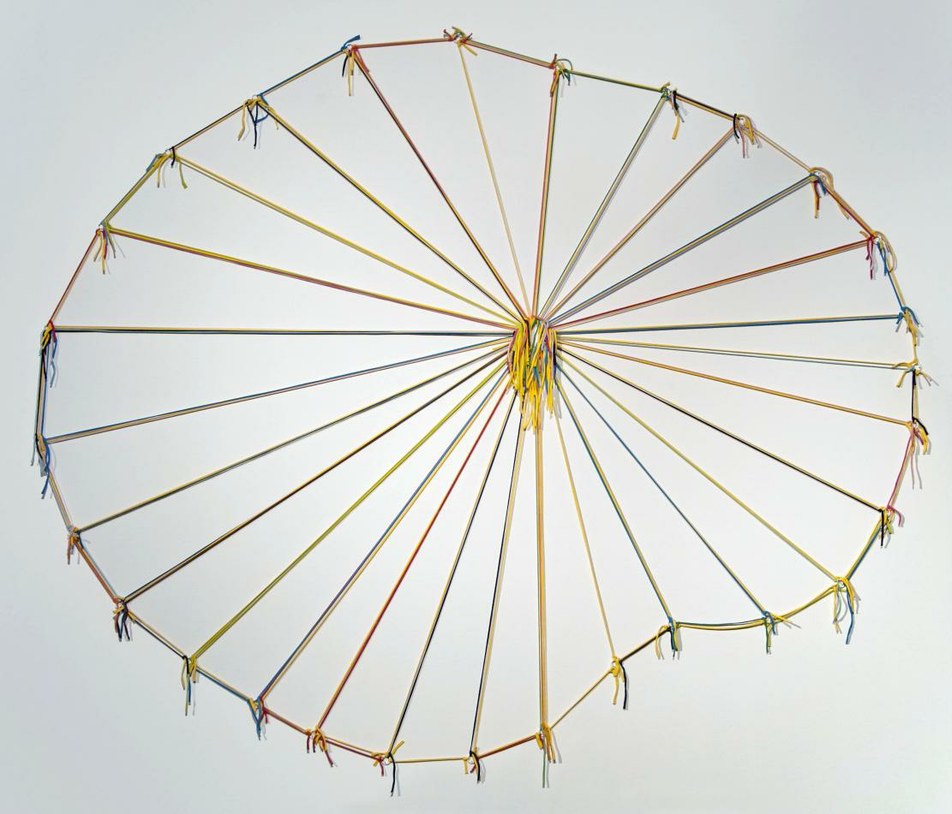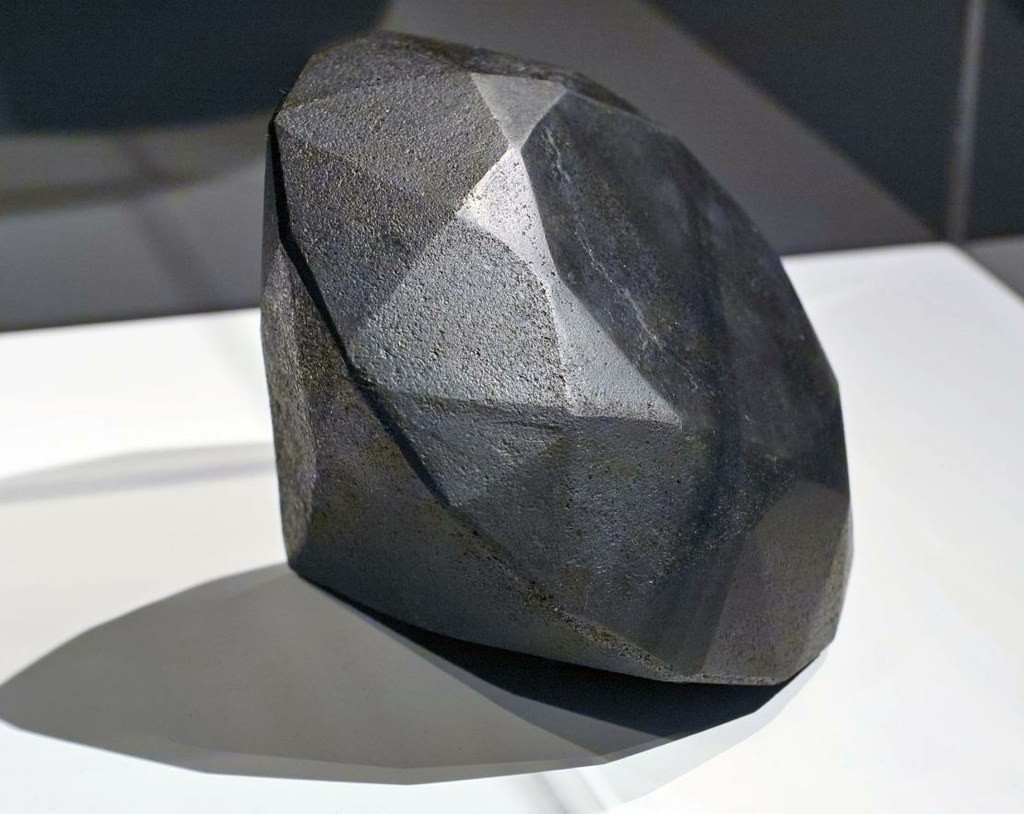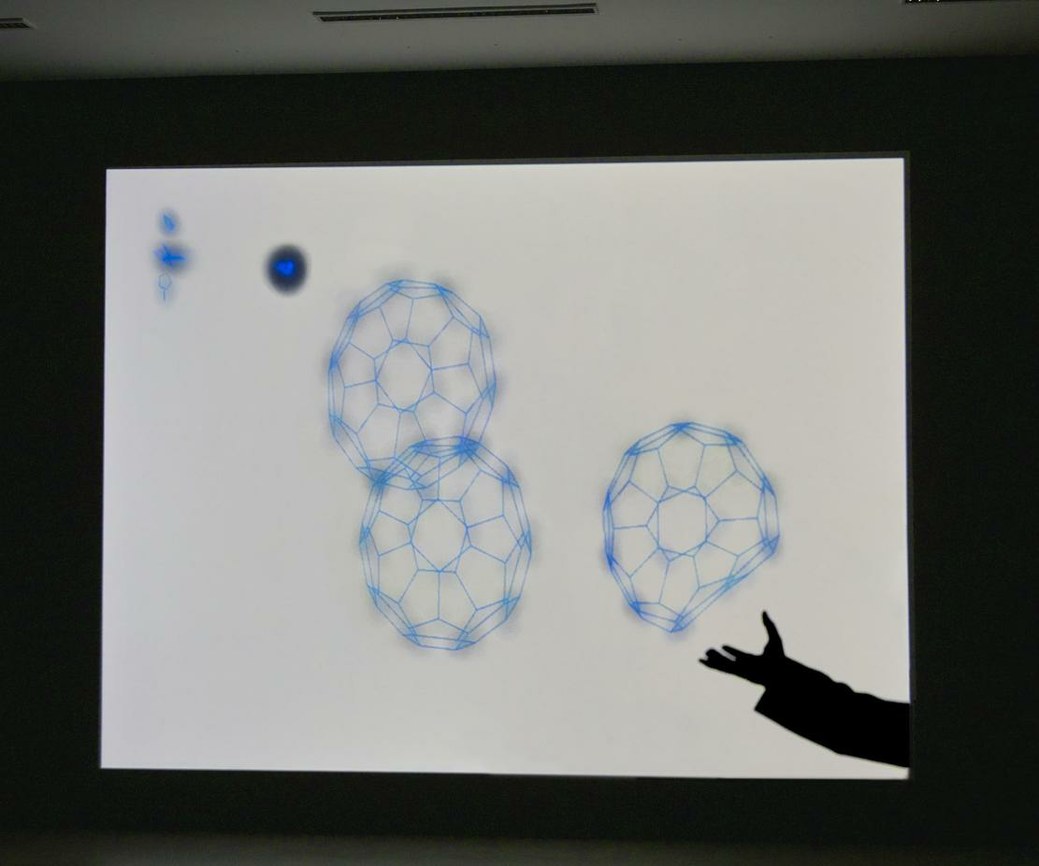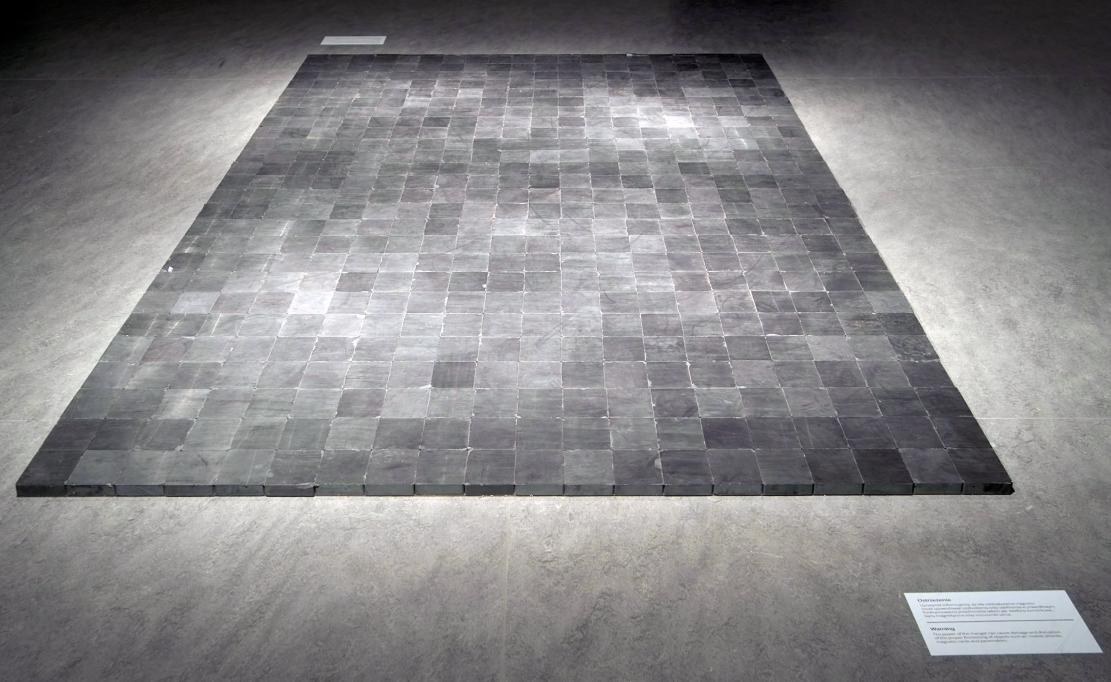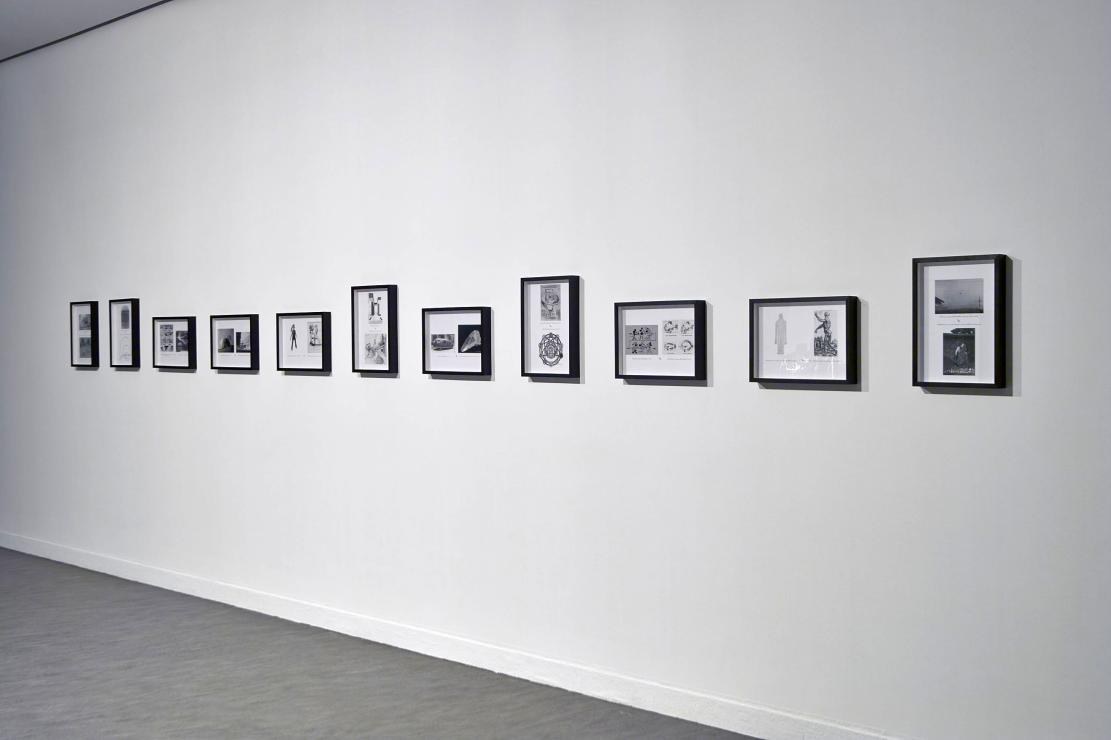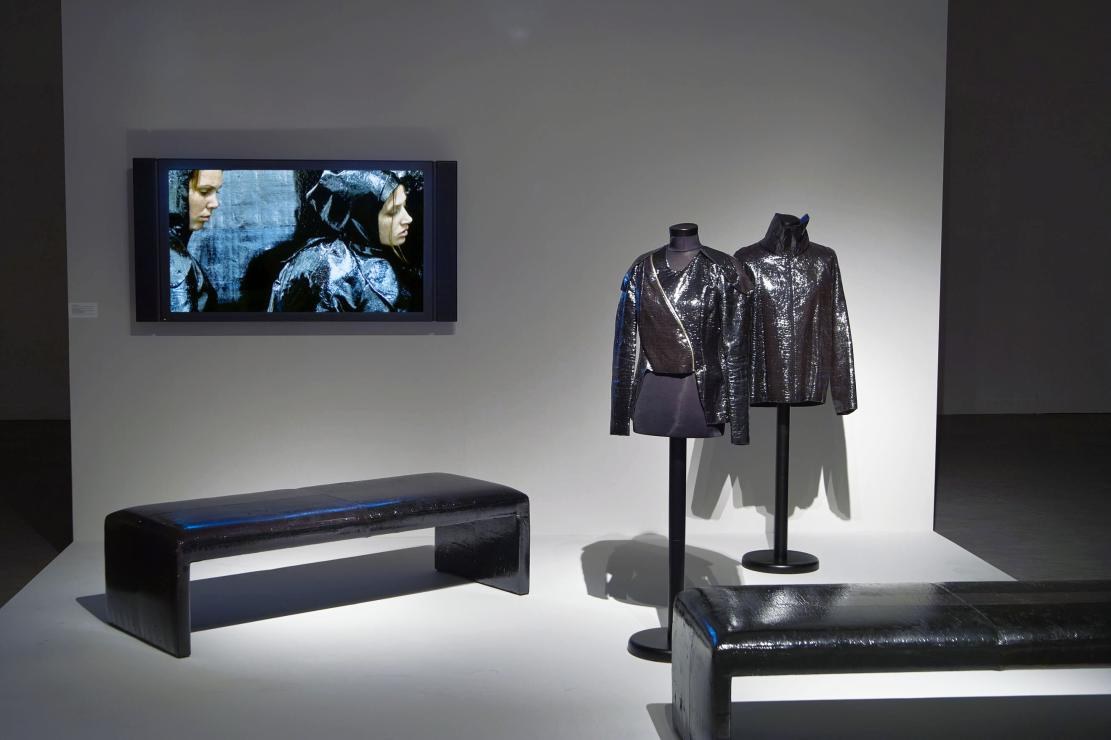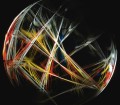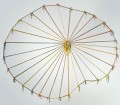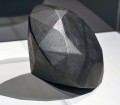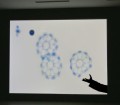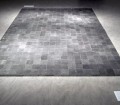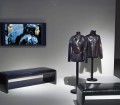prolonged exhibition focusing on the interrelations between art and science
The more advanced art gets, the closer it is to science.
Richard Buckminster Fuller, one of the most influential architects, inventor, environmentalist and humanitarian of the last century, expressed in this way his belief in the dialogue between art and science – two principal domains capable of introducing novelties, creating visions and pushing further boundaries of knowledge. This same conviction was shared by a number of artists who experimented with new materials and expressive languages, introducing what we know today as “media arts”. Their pioneering efforts have been defined as kinetic and optical art, “new tendencies”, programmed and information art – movements that today are going through the process of historical re-evaluation, with special focus on cultural contexts of Central and Eastern Europe.
With reference to historical artistic figures whose work played an important role in bridging the gap between humanistic and natural sciences, like Piotr Kowalski, Aleksandar Srnec, Vladimir Bonačić, this exhibition presents some of the most cutting-edge research, in which different disciplines intersect today.
Art and nanoscience, through the collaboration between Victoria Vesna and James Gimzewski, open up perspectives that call for reconsideration of all prerogatives on which our relation to the surrounding material world is based. The same destabilising effect is produced by some of the most innovative and visionary architects, designers or fashion designers, such as Simon Thorogood who challenges the notion of fashion by using sound to produce garments, or young Austrian artists and performer Martin Rille, who creates clothes capable of encapsulating memory and sound. The works by Micol Assaël, Alicja Kwade and Katarina Löfström develop very peculiar links between art and science, while Tobias Putrih enlarges the field through the dialogue with science fiction.
These are just some of the examples of new, visionary forms that might become a part of not so far away future on our planet – this marvellous “spaceship” that travels through the Universe, but with limited energy supplies, as Buckminster Fuller warned already in 1969. His explanation of the “Operating Manual for Spaceship Earth” concept echoes today in an important and alarming way: it reminds us that we all are interdependent and interconnected. Therefore this exhibition takes as its conceptual reference Fuller’s statements in order to present and emphasise those artistic visions that re-position humans and the planet in the centre of research and reflection.
“Spaceship Earth” exhibition is accompanied by a catalogue with essays by the curator Dobrila Denegri, geographer Franco Farinelli and artist Xárene Eskandar.
 The Institution is funded from the budget of Toruń Municipality
The Institution is funded from the budget of Toruń Municipality
